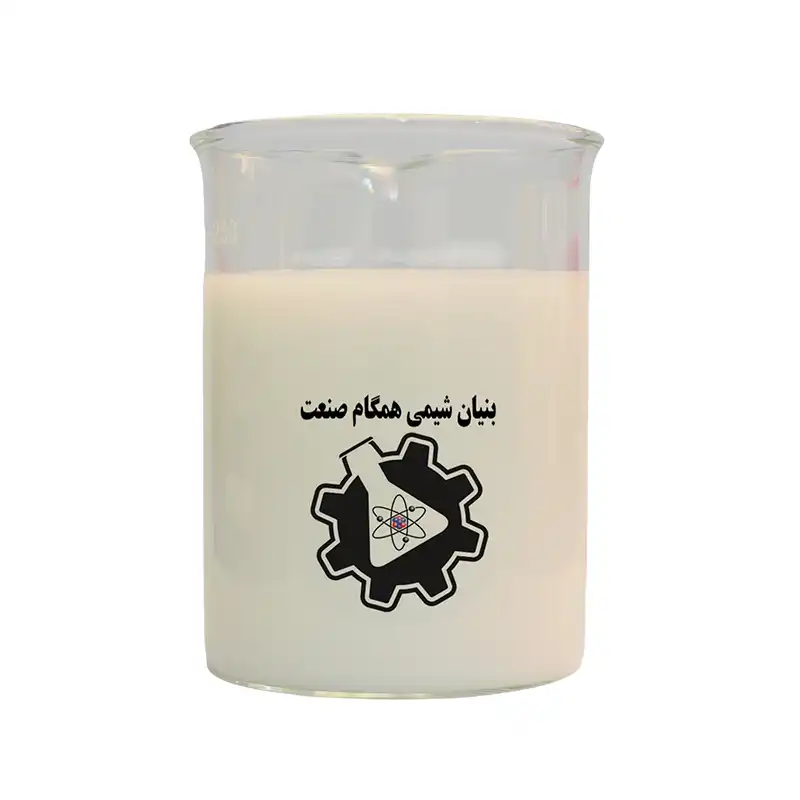What is a defoamer and why is it used?
A defoamer, or antifoam, is a chemical substance used to prevent or eliminate foam in industrial processes. Foam is a common issue in many production lines that can lead to decreased efficiency, equipment malfunction, product contamination, and increased costs.
Using a suitable defoamer is a professional solution for improving industrial processes, reducing waste, and enhancing the quality of the final product.

What is antifoam?
Antifoams are generally compounds used to prevent foam formation in liquids or eliminate excess foam in a process. Foam in industrial processes can cause problems such as reduced efficiency, pressure drops, decreased transfer capacity, and damage to production equipment. These issues can lead to reduced product quality and increased production costs.
Antifoams are usually made from various compounds such as silicone, natural oils, esters, and organic materials. The type of antifoam used depends on the specific needs of each industry, the nature of the process, and the characteristics of the formed foam.
Why does foam form?
Foam typically forms when gases, liquids, and other substances mix under certain conditions (such as heat or pressure) within a production environment and turn into bubbles. These bubbles can be caused by various factors:
- Chemical processes: Many chemical reactions naturally produce gas and bubbles.
- Heat and pressure: Rising temperature and pressure can generate foam in systems where liquids reach high temperatures.
- Presence of surfactants: Detergents and other surfactant agents can cause foam formation as they tend to adhere to the surface of liquids and create bubbles.
- Mixers and agitators: In processes using mixers and agitators to combine materials, excessive foam is often produced.

Problems caused by foam
Foam in industrial processes can cause many issues, some of which are outlined below:
- Reduced process efficiency: Excessive foam can block pumps, valves, and other industrial equipment, thus increasing production time.
- Equipment damage: Industrial equipment like pumps, mixers, and separation systems may be damaged by contact with foam. In some cases, foam can cause overflow or equipment failure.
- Decreased final product quality: In food and pharmaceutical industries, foam can affect product quality and taste. In chemical and cosmetic production, foam can alter the product’s appearance or functionality.
- Inability to control processes: Many processes require precise control of environmental parameters like temperature, pressure, and concentration. Foam can disrupt these controls and cause unwanted process changes.
Why are antifoams essential in various industries?
Foam is recognized as a major problem in many industrial processes. This issue can arise in industries such as chemical, food, pharmaceutical, oil and gas, and refineries. Below are several key reasons that highlight the necessity of antifoams:
- Reduced productivity: Foam in industrial processes can slow down production. It can disrupt liquid flow and delay material transfer.
- Pressure drop and transfer capacity reduction: In pipelines and processing tanks, excess foam can cause pressure drops and reduced transfer capacity. This may lead to production slowdowns or stoppages.
- Equipment damage: In processes that generate high foam levels, industrial equipment like pumps and heat exchangers may come under strain and get damaged.
- Reduced final product quality: In some industries such as food and pharmaceuticals, excessive foam formation can negatively impact product quality, including changes in taste, color, or texture.

Types of Antifoams
Antifoams can generally be divided into two main categories: silicone-based antifoams and non-silicone antifoams. Each type has its own specific characteristics and applications:
- Silicone-based antifoams: These antifoams are usually based on silicone compounds such as polydimethylsiloxane (PDMS). Silicone-based antifoams are highly effective in chemical, oil and gas, refinery, and other heavy industrial processes due to their hydrophobic properties and high thermal stability.
- Non-silicone antifoams: These are made from organic compounds like vegetable oils, esters, polyethylene glycol (PEG), and other materials. Because they do not contain silicone, they are used in more sensitive industries like food, pharmaceuticals, and paints, where silicone presence may cause staining or interfere with active ingredients.
Applications of Defoamers in Different Industries
Below, you’ll find specific applications of defoamers across various industries:
Food and Beverage Industry
In the production of dairy products, beverages, juices, sauces, and canned goods, mechanical agitation, high temperatures, and protein compounds lead to foam formation. This foam disrupts filling and packaging processes and can contaminate the product. Using food-grade defoamers with approved bases solves these issues.
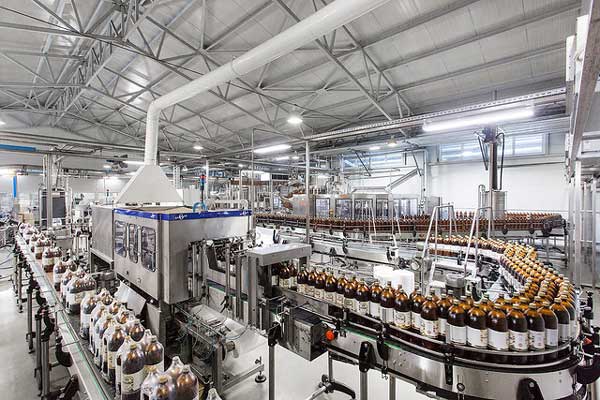
Why is using defoamers in the food industry essential?
The use of food-grade defoamers in the production of food and beverages plays a vital role in maintaining quality, increasing production efficiency, and ensuring industrial hygiene. Below are the main reasons why defoamers are essential in this industry:
1. Reduced final product quality due to foam
In processes such as jam cooking, sauce preparation, syrup production, and other food items, foam on the surface can cause bubble formation and an unhealthy layer on the product.
This not only makes the product visually unappealing but may also alter taste, texture, and even reduce shelf life. For example, foamy jam is more prone to mold and sedimentation.
2. Reduced production efficiency and packaging disruption
In beverage and liquid product packaging lines, foam can cause many problems. If foam remains during bottle or package filling, the actual product volume is reduced, and filling nozzles may malfunction.
In automated systems, foam buildup can cause complete production line shutdown, resulting in wasted time and decreased efficiency.
3. Increased risk of microbial contamination
In large cooking or fermentation tanks, excessive foam can cause overflow of food materials and contamination of the work environment. This increases the risk of harmful microorganisms entering the system and may compromise food safety.
Using food-grade defoamers helps control processes and maintain hygienic conditions in production lines.
| Process | Foam Issue | Type of Antifoam Used | Reason for Use |
|---|---|---|---|
| Jam and syrup cooking | Foam on surface | Food-grade silicone antifoam (emulsion) | Prevent foam layer and reduce mold |
| Milk pasteurization | Foam during heating | Mild food-grade silicone antifoam | Foam control without affecting taste |
| Carbonated beverage production | Foam during bottle filling | Water-dilutable food-grade antifoam | Prevent bubbles and underfilling |
| Tomato paste formulation | Foam during concentration | High-temp stable thick food-grade antifoam | Prevent sudden boiling and stabilize product |
| Fermentation of beverages or probiotics | Foam from microbial activity | Light food-grade silicone antifoam | Prevent tank overflow and maintain oxygenation |
| Ice cream and dessert production | Foam in formulation | Odorless food-grade silicone antifoam | Maintain smooth, soft texture without air bubbles |
Pharmaceutical and Biotechnology Industries
In fermentation for drug, supplement, and enzyme production, foam formation due to necessary aeration is unavoidable. Excessive foam inhibits proper microbial growth and pH balance, disrupting the process. High-grade pharmaceutical antifoams are designed to control this issue.
Water and Wastewater Treatment
In aeration and biological treatment processes, foam forms due to microbial activity and detergents. This foam can cause overflow, bad odors, and reduced system efficiency. Alkaline-resistant antifoams are highly effective in this sector.
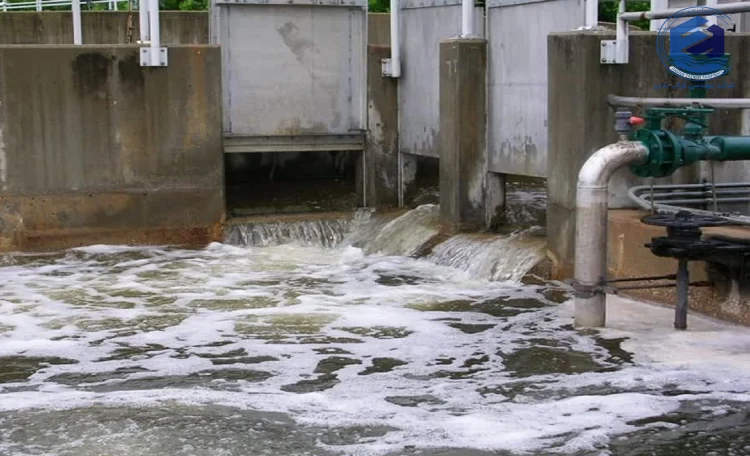 Oil, Gas, and Petrochemical Industries
Oil, Gas, and Petrochemical Industries
In refineries and drilling, foam is created by high temperatures and pressures or chemical reactions, leading to unstable flow, reduced efficiency, and corrosion. Heat- and chemical-resistant antifoams are effective solutions in these conditions.
Advantages of using silicone antifoam in gas sweetening processes:
- Enhanced separation efficiency: By preventing foam formation, silicone antifoam increases the contact surface between gas and liquid, leading to better impurity absorption.
- Increased tower capacity: By preventing foam from occupying space in the tower, silicone antifoam increases usable liquid volume for impurity absorption.
- Reduced impurity carryover: By preventing foam from carrying absorbed impurities to the top of the tower, silicone antifoam improves final product quality.
- Reduced corrosion: By preventing acidic foam formation, silicone antifoam protects tower equipment from corrosion.
- Increased safety: By preventing liquid overflow from the tower, silicone antifoam reduces safety risks.
Paints, Resins, Inks, and Coatings Industry
Foam during mixing of paint, resin, or ink leads to surface bubbles and lower aesthetic quality. Specialized antifoams maintain final product quality in this industry.
Paper and Pulp Industry
Foam in screening, washing, and papermaking machines reduces uniformity, creates surface defects, and lowers production speed. Industrial antifoam is essential in this field.
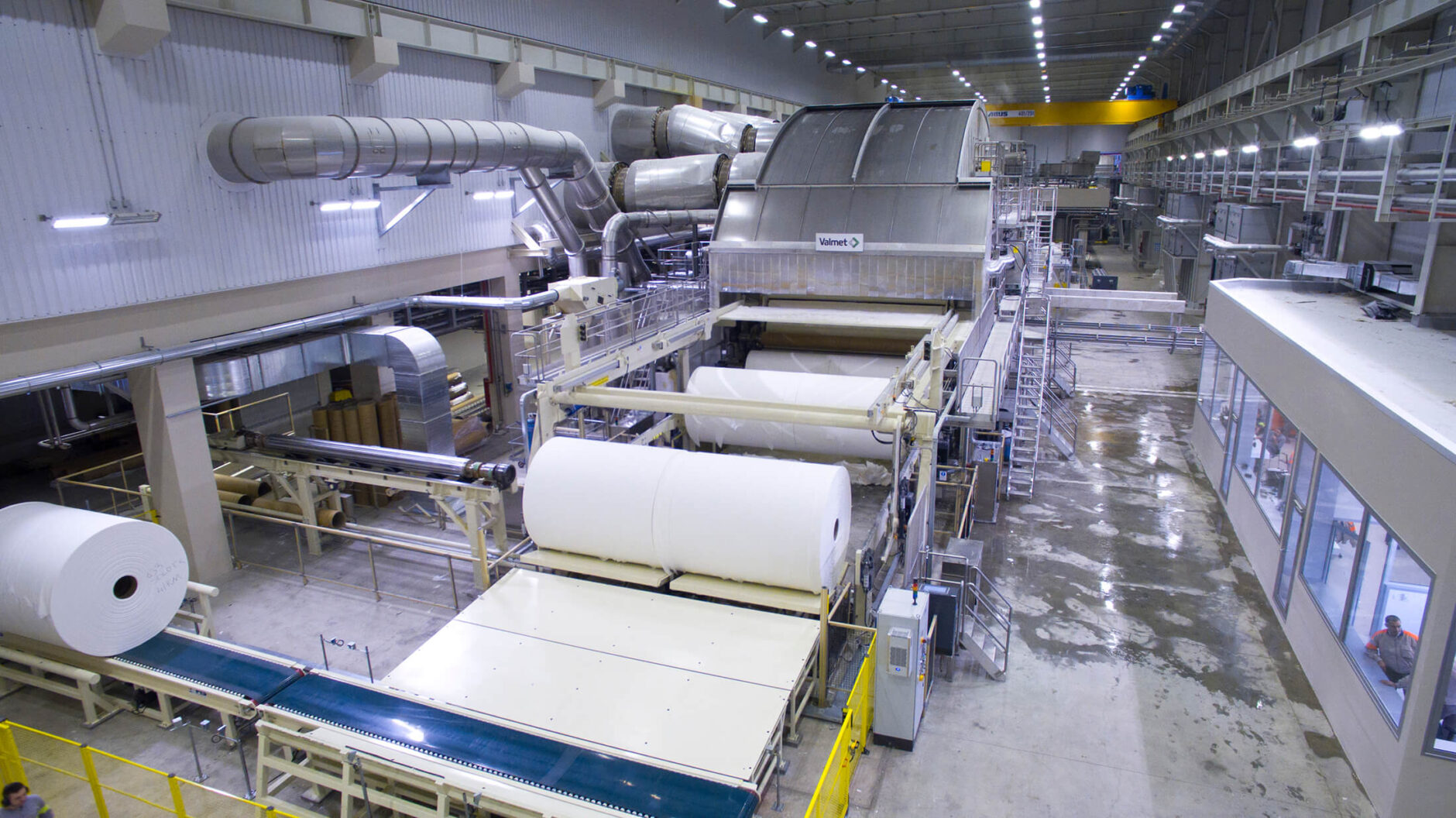 Textile Industry
Textile Industry
In dyeing and fabric finishing, foam causes stains, color unevenness, and reduced quality. Textile-specific antifoams ensure uniform processing and improved final quality.
Detergents and Cleaners
Excessive foam in detergents can lead to high water usage for rinsing, equipment malfunction, and reduced cleaning efficiency. Foam control with proper antifoam is essential.
Construction Industry
In concrete, mortar, and cement, foam creates air bubbles and reduces strength. Antifoams designed for concrete additives increase density, reduce porosity, and enhance structural durability.
- It acts as an insoluble agent in the foaming process.
- It has surface-active properties.
- It has lower surface tension compared to foam.
- It has low viscosity, which allows it to easily spread over the foam surface.
- It does not have a harmful effect on the environment.
- The price of defoamer anti-foam for concrete is reasonable and economically cost-effective to use.
- Its low usage yields high efficiency.
 Printing and Packaging
Printing and Packaging
Foam in printing ink and packaging adhesives can reduce quality, create bubbles, and halt production lines. Specialized defoamers in this industry are designed for precise control.
Agriculture and Greenhouses
In fertilizer and pesticide solutions, foam prevents even spraying and causes nozzle blockages. Biodegradable defoamers designed for agriculture solve this issue.
Foaming of the solution during the dissolution and spraying of many foliar fertilizers and pesticides is a common phenomenon that occupies the effective volume of the sprayer tank and reduces the efficiency of these compounds due to incomplete and uneven surface coverage of plants. On the other hand, the entry of large amounts of foam into the sprayer pump can cause pump parts to wear and reduce the lifespan of the spraying equipment..
Metalworking and Machining
In cooling fluids and electroplating baths, foam reduces effectiveness, causes overheating, and lowers operational precision. Using specialized defoamers for industrial environments is essential.
Main Applications and Benefits of Silicone-Based Foam Control Solutions for Metalworking Industry
Silicone-based foam control solutions (also known as defoamers or anti-foams) are considered the material of choice for metal processing due to their several advantages over organic or mineral-based agents.
Here is a summary of some notable benefits of silicone-based foam control products:
- They prevent upstream foam formation and break existing foam faster and more efficiently — known as the knockdown effect. This reduces deposits throughout the process, increasing production speed and improving the quality of metal parts.
- They offer higher resistance to harsh chemical environments, high pressures, and extreme temperatures, ensuring stability throughout the machining process.
- The quantities of silicone products needed to achieve the desired effects are much lower than those of organic or mineral products and provide longer-lasting low surface tension, which is crucial for complex, long-term processes, thereby reducing total cost of ownership (TCO).
- Silicone-based products are highly effective at low dosages and help reduce waste and energy consumption.
- Silicones are inert and therefore safer for both the environment and humans by minimizing cavitation, foaming, and other hazards.

30 Key Applications of Defoamers at a Glance
Quick overview of defoamer applications in various industries:
-
Preventing foam in milk pasteurization
-
Foam elimination in juice and soda production
-
Foam control in tomato paste, sauce, and canning processes
-
Foam reduction during vegetable washing
-
Preventing overflow in edible liquid packaging
-
Foam control in pharmaceutical and biotech fermentation
-
Preventing suffocation in cell culture media
-
Foam reduction in liquid supplement production
-
Foam elimination in enzyme extraction
-
Foam control in wastewater treatment ponds
-
Preventing foam in activated sludge units
-
Foam reduction in industrial filters
-
Foam control in oil well drilling mud
-
Foam elimination in refinery distillation towers
-
Use in chemical injection systems
-
Preventing bubbles in paint and resin
-
Enhancing industrial coating quality
-
Foam elimination in printing ink
-
Foam control in paper pulp
-
Improving printed paper surface quality
-
Foam elimination in paper recycling
-
Foam control in textile dyeing and finishing
-
Stain reduction in washing operations
-
Foam regulation in household and industrial detergents
-
Preventing interference in automatic washing
-
Bubble elimination in concrete and mortar
-
Increasing durability of concrete structures
-
Foam elimination in printing ink
-
Preventing nozzle clogging in sprayers
-
Improving precision in metal machining
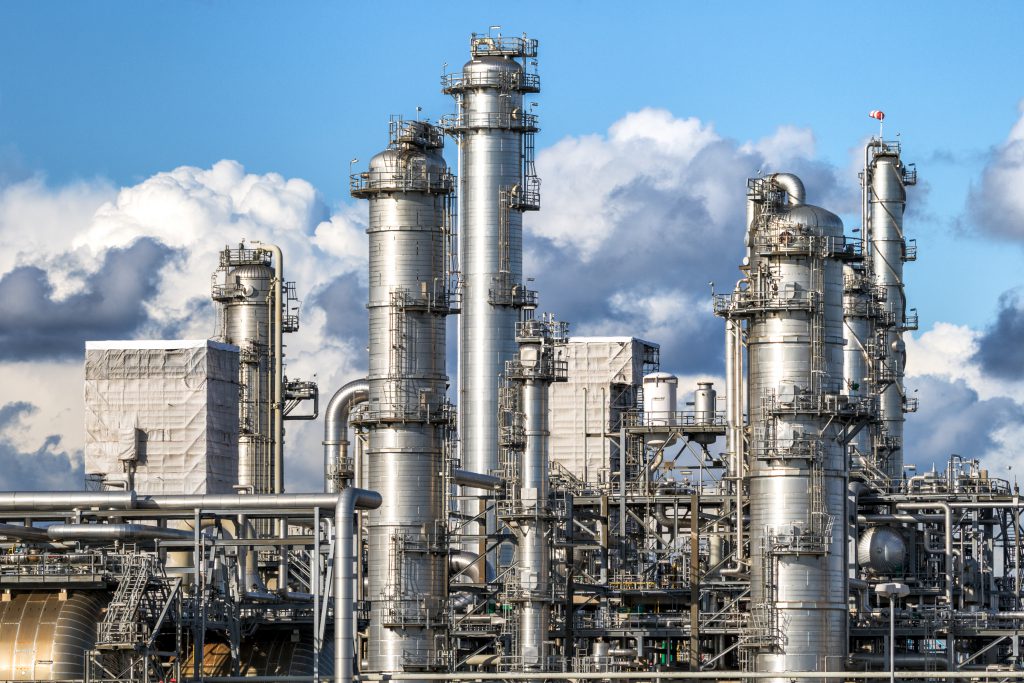
How to Choose the Right Defoamer?
Proper selection of a defoamer has a direct impact on the final process quality, waste reduction, and system performance optimization. To make the right choice, the following factors must be carefully considered:
1. Type of Process (Food, Pharmaceutical, Industrial)
The type of application determines the standards that the defoamer must meet:
-
In food and beverage industries: Use of food-grade defoamers approved by food and drug authorities or international standards such as FDA is mandatory.
-
In pharmaceutical and biotechnology industries: The defoamer must be microbiologically and chemically pure and free from active contaminants or toxic substances.
-
In general or heavy industries (petrochemical, paint, wastewater treatment): High-performance industrial defoamers can be used, but operational conditions must be carefully considered.
2. Type of Foam (Stable or Unstable)
Understanding the type of foam generated in the process is crucial in choosing the right defoamer:
-
Stable foam: Foams created due to surfactants (surface-active agents) that last long. Stronger defoamers like silicone-based types are usually used to eliminate them.
-
Unstable foam: Foams that form quickly but are unstable. Milder or preventive defoamers may suffice for controlling them.
Note: Stable foams are more common in chemical, detergent, and biological processes.
3. Type of System (Aqueous, Oily, Acidic, Alkaline)
The defoamer formulation must be fully compatible with the environment in which it is used:
-
Aqueous environment: Many emulsified silicone or non-silicone defoamers are suitable for these systems.
-
Oily or solvent-based environment: Requires defoamers with solubility or dispersibility in oil.
-
Acidic or alkaline environment: At very high or low pH, some defoamers may degrade or fail. Choosing a defoamer resistant to the process’s chemical conditions is essential.
4. Working Temperature and Environmental Conditions
The temperature at the application site greatly affects defoamer performance:
-
At high temperatures (e.g., distillation towers or baking paints): The defoamer must have high thermal resistance and maintain its stability over time.
-
At low temperatures: Some defoamers may thicken or have poor dispersibility. The formulation must suit the conditions.
-
In high-pressure or closed systems: Mechanical stability and the absence of unwanted reactions are important.
5. Requirement for Health or Environmental Certifications
In some industries, safety documentation and compliance with international standards are mandatory:
-
Food and pharmaceutical industries: Require certifications such as GMP, FDA, HACCP, and other approvals from food and drug authorities.
-
Agricultural or municipal water treatment industries: The defoamer must be biodegradable to avoid harming natural resources.
-
Export industries: Destination country regulations may require specific types of defoamers (e.g., phosphate-free or VOC-free).
To choose the best defoamer, the following questions should be answered before purchasing:
-
In what industry and under what conditions will the defoamer be used?
-
Will it come into direct contact with the product?
-
Is the system water-based, oil-based, or special?
-
What is the operating temperature?
-
Is any special certification required?
If uncertain, consulting with the supplier’s technical team can prevent process damage.
6. Conclusion
Anti-foams or defoamers are essential materials in many industries that help prevent foam formation and improve production process efficiency. Choosing the right type of defoamer is very important based on the specific needs of each industry and process. Silicone-based defoamers are suitable for heavy and complex industries such as chemical, oil, and gas, while non-silicone defoamers are preferable in more sensitive industries like food and pharmaceuticals. Using defoamers not only improves the final product quality but also helps maintain production efficiency and reduce costs.

